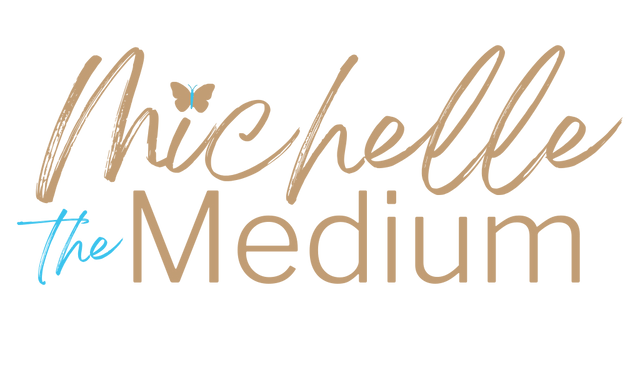In our fast-paced and diet-centric world, reconnecting with our body's innate wisdom through mindful and intuitive eating can lead to a healthier and more balanced relationship with food.
Mindful and Intuitive Eating: Embracing Your Inner Wisdom for Optimal Nutrition
Mindful eating involves being present and attentive during meals, savoring each bite, and listening to our body's hunger and fullness cues. Intuitive eating, on the other hand, encourages us to trust our instincts when choosing foods and honoring our unique nutritional needs. In this blog, I share the concepts of mindful and intuitive eating and how to use your intuition to assess what foods, vitamins, and minerals are best suited for your body.
Part 1: Mindful Eating
1. Cultivating Mindfulness at Mealtime
Mindful eating starts with being present during meals. Avoid distractions like screens or multitasking. Instead, focus on the flavors, textures, and smells of your food. Chew slowly and savor each bite.
2. Listen to Your Body's Hunger Cues
Tune in to your body's hunger cues before and during meals. Are you truly hungry, or are you eating out of habit, boredom, or emotional reasons? Learn to differentiate between physical hunger and emotional hunger.
3. Practice Portion Awareness
Mindful eating involves portion awareness. Serve yourself reasonable portions and check in with your body to see if you're satisfied. Avoid overeating by paying attention to your fullness cues.
4. Observe How Food Makes You Feel
Notice how different foods make you feel after eating them. Do certain foods leave you energized and satisfied, while others make you feel sluggish or uncomfortable? Use this feedback to guide your food choices.
Part 2: Intuitive Eating
1. Trust Your Intuition
Intuitive eating is about trusting your body's signals and honoring its needs. Allow your intuition to guide your food choices based on what feels right and nourishing for you.
2. Identify Nutritional Cravings
Pay attention to your body's cravings for specific foods. These cravings can sometimes indicate a need for certain nutrients. For example, a craving for dark leafy greens might signal a need for iron.
3. Experiment with Foods
Explore different foods and flavors to see how your body responds. Be open to trying new fruits, vegetables, and whole foods. Observe which foods leave you feeling vibrant and well-nourished.
4. Assess Your Energy Levels
Notice how different foods impact your energy levels throughout the day. Foods rich in vitamins and minerals can boost energy and support overall well-being.
Part 3: Combining Mindful and Intuitive Eating
1. Create a Nourishing Environment
Create a supportive environment for mindful and intuitive eating. Stock your pantry with whole foods, fresh produce, and nutrient-dense snacks. Prepare meals mindfully, infusing love and intention into your cooking.
2. Practice Gratitude
Practice gratitude for the nourishment you receive from your meals. Be thankful for the abundance of food and its role in supporting your health and vitality.
3. Be Patient and Gentle with Yourself
Be patient and gentle with yourself as you navigate mindful and intuitive eating. It's a journey of self-discovery and learning to trust your body's wisdom. Embrace imperfection and celebrate every step towards a more balanced and intuitive relationship with food.
The Body Knows
Mindful and intuitive eating is a powerful practice that helps us reconnect with our bodies and develop a harmonious relationship with food. By cultivating mindfulness at mealtime, listening to our body's hunger and fullness cues, and trusting our intuition to guide our food choices, we can optimize our nutrition and overall well-being. Remember, this journey is unique to each individual, and it's essential to consult with a qualified healthcare provider for personalized guidance on your nutrition and health needs. Embrace the wisdom of mindful and intuitive eating as a transformative tool for nourishing your body, mind, and soul, and experience the joy of eating in harmony with your true self.
Disclaimer: The information provided in this blog is intended for informational purposes only and is not a substitute for professional medical advice. Always consult with a qualified healthcare provider for personalized guidance on your nutrition and health needs.



